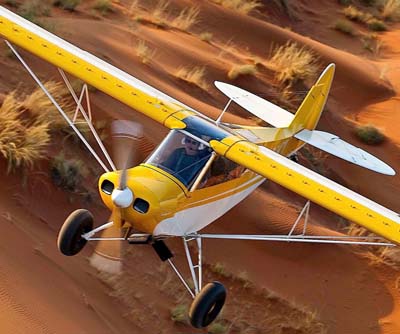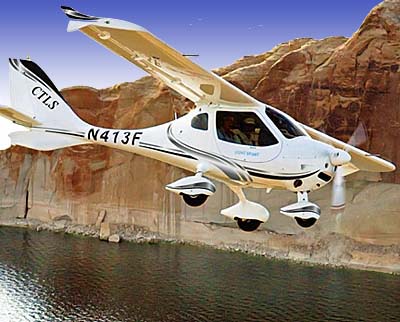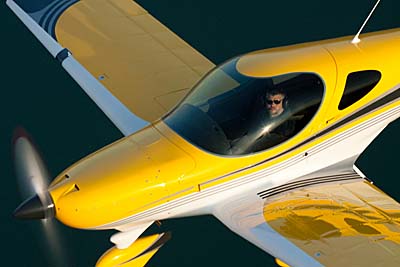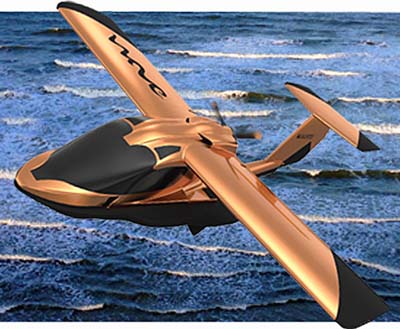
In addition, a shockingly near-term timeline for FAA to issue rulemaking further enforces the need to speak out now. I will provide information gleaned just an hour ago.
In case you missed the story, here’s what AOPA reported: “EAA chairman and CEO Jack Pelton [was invited] onto the stage. On January 19, 2019, Pelton said, the FAA will publish a notice of proposed rulemaking that seeks to raise the weight limit for Light-Sport Aircraft from the current 1,320 pounds to 3,600 pounds.” AOPA went on to quote Pelton, “That will allow you to fly in a 172, have four seats in the airplane, and fly 150 mph.”
Stop the Presses
This news was flabbergasting to many and upsetting to others. Having worked rather closely with FAA over the last four and a half years, in my role as LAMA president, I was sure parts of this were incorrect.

First — The announced date of “January 19, 2019” simply cannot happen. The team creating the rule does not possibly have the time to complete work by then. In fact, it is more likely “three to four years away.” The new rule is a huge, sweeping effort that touches on many FAR parts; it cannot be completed on such a rushed schedule, nor would doing so be prudent.
Second — An effort is being made to align this major new regulation with the Basic Med rule, meaning that, yes, gross weight may go as high as was stated — and extra seats may be added — but, this is by no means determined yet. It will not even go before FAA’s high level rulemaking council for initial determination until December …if then. At this time, “this is just at the discussion stage,” reported my contact.

In July, in this report, I described changes that FAA told us were coming. That report was shown to the rule-writing group before publication and they replied, “No changes necessary.” It still stands as a valid report.
Naturally, Industry Is Concerned
Remember in the fall of 2011, when EAA and AOPA announced a change in aviation medicals? The surprise announcement — which subsequently took years to enact (becoming what we call Basic Med) — caused an immediate drop in orders. Orders already placed were cancelled. Other orders never got placed as pilots began to ponder what would happen next.

Another industry expert said, “I hate being caught flat-footed like this.” He remembered clearly what happened with the early announcement of medical changes.
While all the buzz today may be about gross weight, the light aircraft industry has other concerns about the regulations that LAMA and USUA will continue to vigorously pursue.


I have never understood why I can fly a Luscombe, a Taylorcraft or Aeronca (etc.), but I can’t fly a Cessna 150 — maybe the simplest, easiest airplane to fly ever created. (OK-I’ll give in to the Ercoupe.) But, even with an Ercoupe, I can fly some, but not all — based entirely on their gross weight. It just doesn’t make good sense.
That said, 3600 pounds may be a little ambitious. I certainly think the LSA rule could use some tweaking. If I can fly a Luscombe, I can fly a 150, 172, or Piper 140. Of course, my first solo was in a 182, and my second was in a 210.
I’d love to be able to get a 150, and have a fairly modern airplane (at an affordable price) to putter around in on a Sunday afternoon.
Hi Robert: Even though FAA is not aiming a new regulation at older, legacy aircraft, you may get your wish. Stay tuned.
I think we should keep Light Sport as is, but if they want to open up Certified aircraft to allow LSRMs to do the annuals, and allow uncertified avionics to be installed in them, then that would be fine. No wait. That would make too much sense. That will never happen. What was I thinking.
Eh, the government is involved. Dan is right in lowering expectations. This will take longer and get overly compromised to a point of non-relevance. Sorry to be a skeptic and Debbie-Downer/Negative Nellie. Obamacare was supposed to be “free” health care for all, BasicMed was supposed to be a 172 and four seats VFR on a drivers license. Both fell far short of their expectations/promises. Go out and fly or learn to fly in whatever class fits you and your mission today. Don’t wait on the government or the FAA. I’ve met too many that waited on “BasicMed” to fly their dust covered/shuttered planes only to find out they do not to qualify under BasidMed when the compromise was finally published.
Anytime the FAA reduces restrictions and people get a little more freedom to decide for themselves is a good day.
Before we get too excited, the manufacturers will still set the maximum takeoff weight in their own POH and that will govern.
For existing owners of SLSA, I would not expect a manufacturer to find much value in revising a POH upward for a new max takeoff weight either.
Hi Dave: You make a valid point that under ASTM standards, the manufacturer makes nearly all such decisions. However, some aircraft qualifying SLSA come from places where they can be larger aircraft so some have merely been placarded to meet FAA regulations. All this is premature at this moment, but in the years ahead I think we will continue to see a great flowering of the different types of Special Light-Sport Aircraft.
It is indeed unfortunate that when government is considering changes like this, they often don’t seem to factor in the unintended but very real consequences of their words. While a weight increase of some moderate type (say, 1680lbs.) may very well be a good thing for light aviation in general, an increase of the magnitude suggested here would flat-out put more than a few LSA manufacturers out of business in short order.
As for suggesting that people not delay purchases for a rule change that may or may not happen in a few years, well…ultimately the economic incentive to wait is unfortunately going to be very strong. Asking someone to buy a $100K-$200K aircraft that could immediately lose significant value upon such a rule change, is a lot to ask. Even if this is only a proposal that is years away from being implemented (if it ever is). Good, bad or indifferent, people DO respond to economic incentives. And this is a rather large one.
BTW, I’m slightly humored that government can be seriously discussing a more than 2,000lb. increase in LSA gross weights and also higher speeds, while suggestions of increasing Part 103 gross weights by a mere 50lbs. and allowing perhaps 20mph more on the top end (which could result in fairly dramatic safety improvements and better product offerings like the “almost Part 103” Swan) would likely be met by those same regulators with a response of, “What??? Have you gone insane?!?”
I’ve long since stopped trying to make any sense of it all.
Where did you see mention of changes to Part 103?
Hi Dapug: I see no such mention of changes to Part 103. LAMA and USUA do not want to open that possibility as any change will surely undo the very light regulation such aircraft presently enjoy. Some news is available about new training opportunities for Part 103 ultralights but that is not a regulatory change.
Dan, thanks, I agree, it would be risky to open that up. I hope, however, that one day it is possible to tweak it without destroying it. It seriously does need an increase in weight for safety sake IMO.
I was referring to the comment by Doug above: “…increasing Part 103 gross weights by a mere 50lbs”. I just don’t see any such rumor anywhere, not sure where he got that.
Dapug, I was not suggesting that anyone HAD presented such a proposal to FAA.
I was using that as an example of how seemingly reasonable reforms (perhaps something like increasing 103 weight allowances by 50lbs.) would be scoffed at by FAA. I was not suggesting that anyone had actually floated that specific idea. It was just an example.
Thanks Dan. The Jabiru looks like mine (N230J) when it was a demo.
Hope to see you soon @ Deland.
If 103 as an industry is to survive, some simpler manner than is now in place must be made to teach Part 103 owners and new owners to fly their aircraft safely. A new pilot cannot safely learn to fly in a Cub and and then just transition into a Quicksilver Mx sprint without some additional type training. By doing away with the BFI provision the FAA has put a great many new pilots at risk. I think that most simply walked away from the sport instead of going through the expense of training that was incorrect for their needs.
Hi Don: You make a valid point. Good training is always essential. Your statements open two pathways: flight training as an operation, and appropriate aircraft. The former is available but possibly not convenient to your location. The latter we have, at least in the form of SLSA that are appropriate for ultralight operation. I think of M-Squared, Quicksilver, CGS Hawk, several trike brands, and more. If you explore enough, you can find much more about all these brands on this website.
Thank you Dan. I hope this important information spreads as fast as this weekend’s wildfire.
Are you saying that they are trying to make Basic Med a part of the Sport Pilot license? So I would need more then my drivers license to fly?
Hi Tyler: The answer is no. I see how that may not have been clear, but the “align” reference was with regard to the aircraft, not the pilot certificate side.